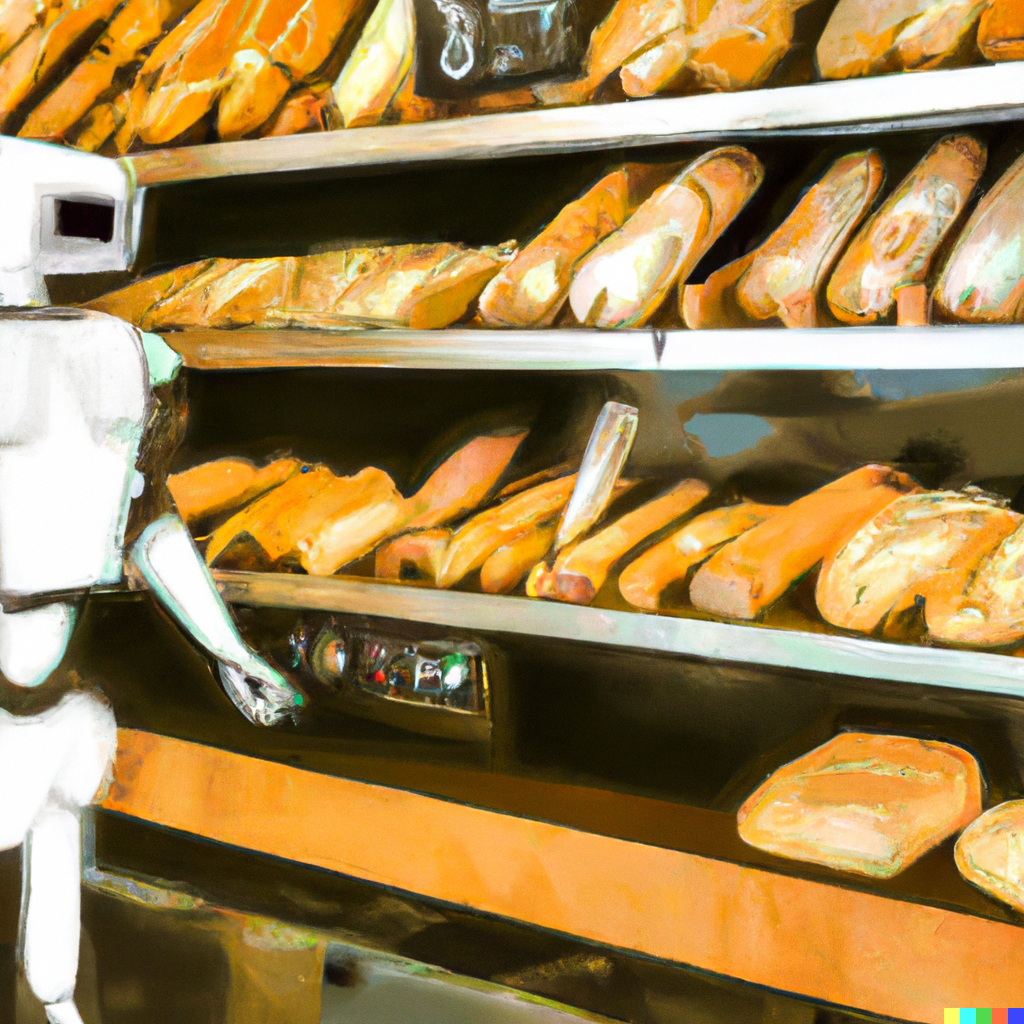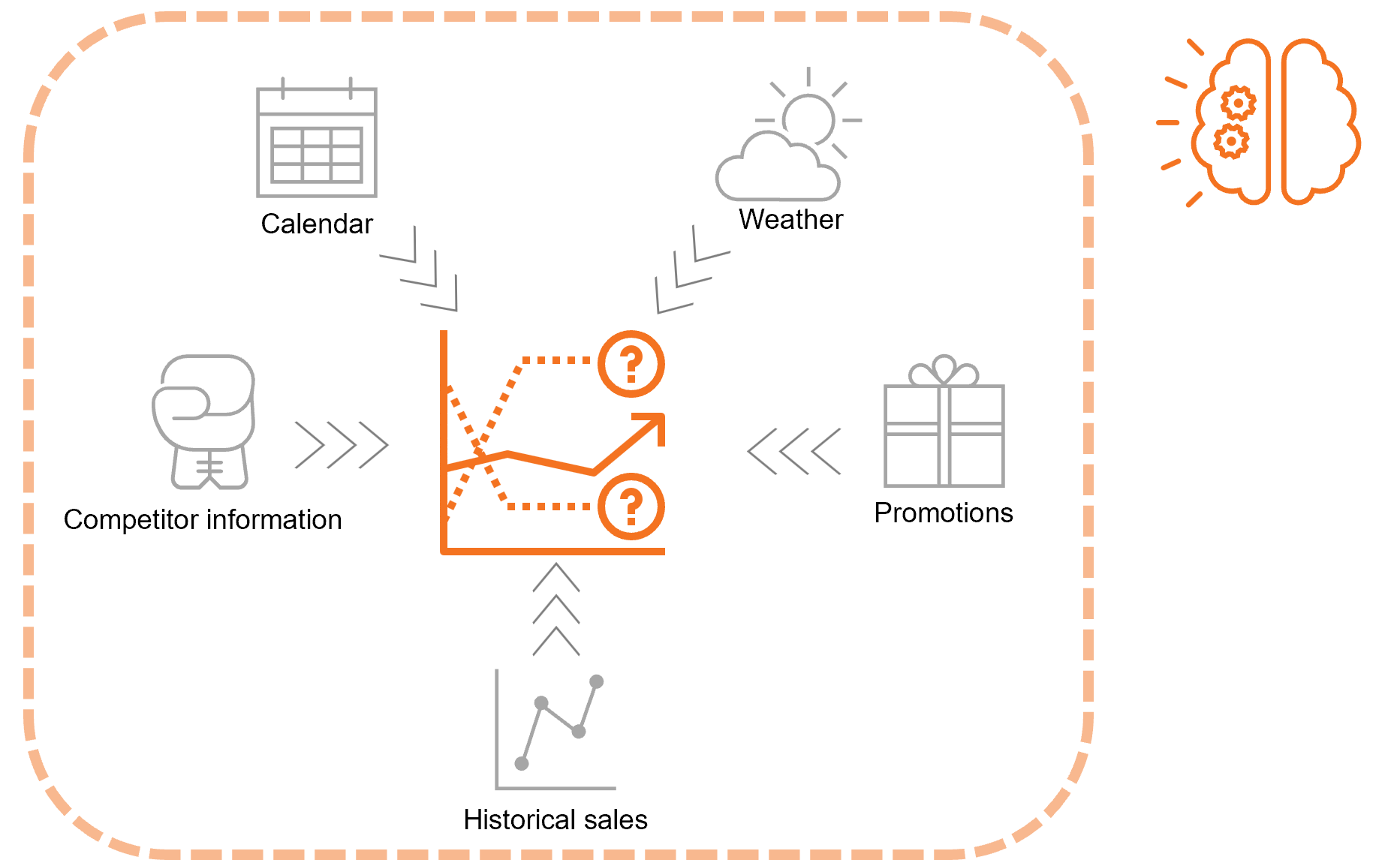 Customer
Customer
Take 80 years of experience. Add only the best basic ingredients. Process them every night with a good portion of baking passion. Finish with craftsmanship and serve with a smile. This has been the success recipe of Bakkerij Aernoudt for many years.
In the shop, Bakkerij Aernoudt translates this into a varied assortment full of homemade products ranging from bread, pistolets and gingerbread to patisserie, (customizable) pies and sandwiches.
Today, Bakkerij Aernoudt has 35 shops and over 300 employees. They have a central production facility in Gentbrugge preparing the products for the different shop across East-Flanders.
Challenge
Within the artisan bakery industry, the key to success is having the right product, in the right quantity, at the right time in the right store.
Having too much products in store results in waste. As artisan bakers want to provide freshly baked products to their customers, products that aren't sold, will be thrown away. This not only impacts the margin but also from a sustainability point of view, we should do better as a company.
Secondly, if there aren't enough products in store, we're not maximizing on the potential sales. Therefore, finding a good balance between enough products, but not too much is the key to success.
If we can find this balance, we can both optimize on customer satisfaction (having the right products in store at any time) as well as on margin (being able to sell everything we can, while reducing the waste).
This forecast can of course be done manually, however, in the case of Bakkerij Aernoudt, with 35 shops, creating the next day forecast is becoming quite a lengthy exercise where the planner can't take into account store specific patterns. So it is becoming increasingly difficult to start making accurate predictions for each product and each store as the scale starts to get too large for humans.
This is where AI can play an amplifying factor by starting to recognize patterns that help us predict how much will be sold per day, per store, per product.
Solution
As the demand for bakery products is highly cyclical, driven by external factors, we can use Machine Learning to learn historical patterns to better forecast the future demand.
This prediction is a lot more accurate than a human prediction since we can recognize much more sophisticated patterns.
The prediction is based on:
- Historical sales
- Weather (temperature, precipitation, wind, ...) for the past days and the coming days
- Calendar information (e.g. vacations, long weekends, bridge days, ...)
- Promotions (e.g. éclair 2+1 free will cause more éclairs to be sold but fewer other cream cakes)
- Competitor closing days (if a competitor is closed for 1 week, sales will go up in surrounding stores)
- Special days (e.g. Mother's Day, village fair, etc.)
Results
The results show a significant increase in forecasting accuracy. Carolien De Sutter (CEO Bakkerij Aernoudt) commented in De Tijd (see link below) with the results from our forecasting solution:
"We throw away 10 to 15 percent fewer bread and pastries. We even have to throw away 20 percent less of some coffee cakes than before."
Additionally, the forecast is also prepared every morning at 9h meaning the planner can further optimize based on specific events for each store.
Press release
De Tijd wrote an article on this solution as part of their AI series. You can read the article through the following link (subscription required):
AI in de bakkerij: 'We gooien een vijfde minder koffiekoeken weg dan vroeger' | De Tijd
(Cover image is generated by Dall -E with the following prompt “Shelves of bread in a bakery with a robot as a cashier in digital art”)
